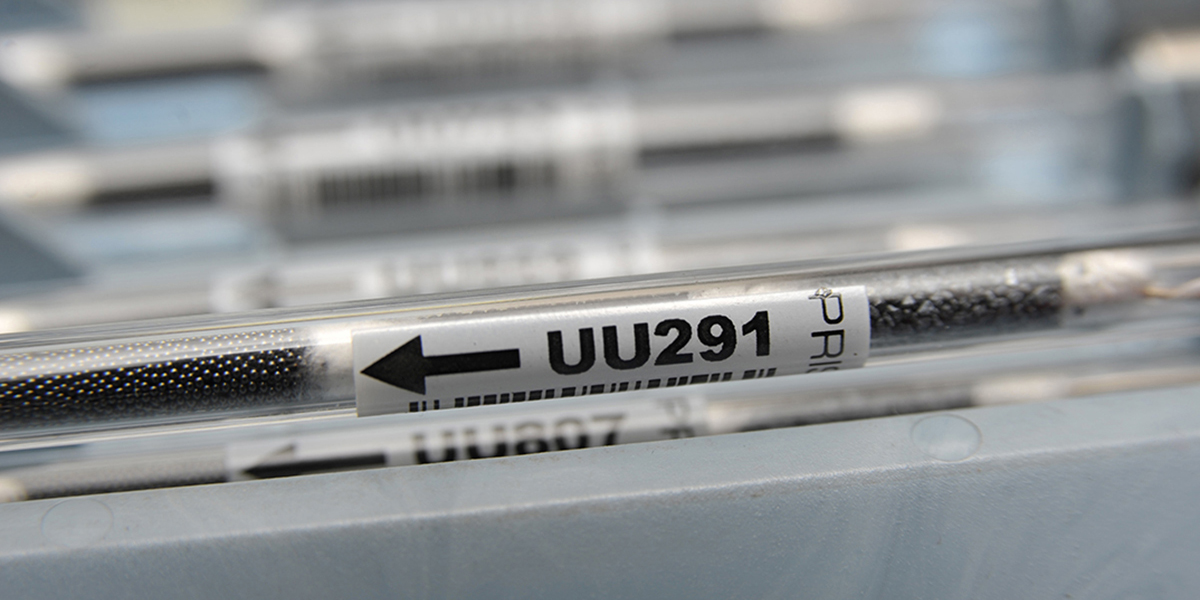
With Every Breath You Take
Improving indoor air quality is easier than you think.
By Chris Lewis
In fact, over the last 20 years, studies performed by various scientific research groups have proven the effect environmental conditions such as air quality can have on children’s development, workers’ productivity, and our general health and wellness.
So, what can we do to reduce exposure to air pollution within our own homes? How can we improve our health, as well as the health of our children? A Michigan-made product, Home Air Check might be the answer you’re looking for.
Typical indoor air environments contain several hundred volatile organic compounds (VOCs), and Home Air Check tests for the ones (about 100) considered to be key byproducts of common household items and activities.
With two parts—a sample collection tube that is roughly the size of a pen and a battery pump (similar in size to a juice box) that pulls air through the tube—the Home Air Check device is usually placed in a central indoor location representative of the air in a customer’s home.
After collecting a sample of air, the homeowner sends the tube and battery pump to a Home Air Check lab in Mount Pleasant, Michigan. During processing, technicians heat the tube so that VOCs are transferred into an instrument that analyzes the sample. The instrument, a gas chromatograph-mass spectrometer, separates and identifies the VOCs.
Test data are fed into proprietary software that was developed to convert chemical information into a likely point of origin, such as common household products or resulting from activities such as painting. Then Contamination Index categories are designated that fall into three general groupings: Lifestyle Sources (products brought into homes by the residents), Building-related Sources (products that are part of a home’s structure), or a combination of the two. Homeowners receive customized steps and actions to take to improve air quality.
Who knew household molds (such as those found growing in a refrigerator’s drip pan) can produce harmful chemical compounds as they grow? Or that a brand-new house might be so air tight that it’s causing air problems. Home Air Check knows, and now you can, too.

Sample Chart From Report









